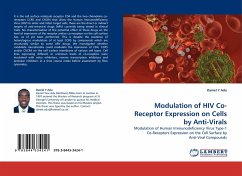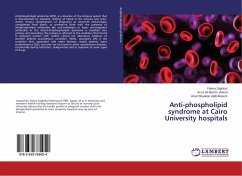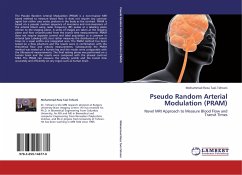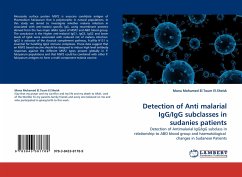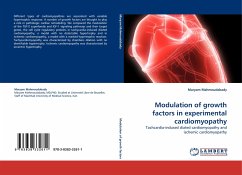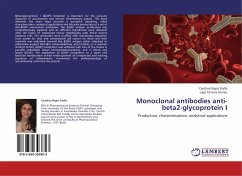It is the cell surface molecule receptor CD4 and the two chemokine co-receptors CCR5 and CXCR4 that allow the Human Immunodeficiency Virus (HIV) to enter and infect target cells; these are the direct or indirect targets of anti-retroviral drugs (ARV) currently being tested in clinical trials. No characterisation of the potential effect of these drugs on the level of expression of the receptor and/or co-receptors on the cell surface has, as of yet been performed. This is despite the existence of heterologous modulation of at least CCR5 by compounds which are structurally similar to some ARV drugs. We investigated whether candidate microbicides could modulate the expression of CD4, CCR5 and/or CXCR4 on the cell surface membrane of various cell types. Cell lines expressing different or unknown levels of co-receptors were incubated with entry inhibitors, reverse transcriptase inhibitors and protease inhibitors in a time course mode before assessment by flow cytometry.
Bitte wählen Sie Ihr Anliegen aus.
Rechnungen
Retourenschein anfordern
Bestellstatus
Storno

